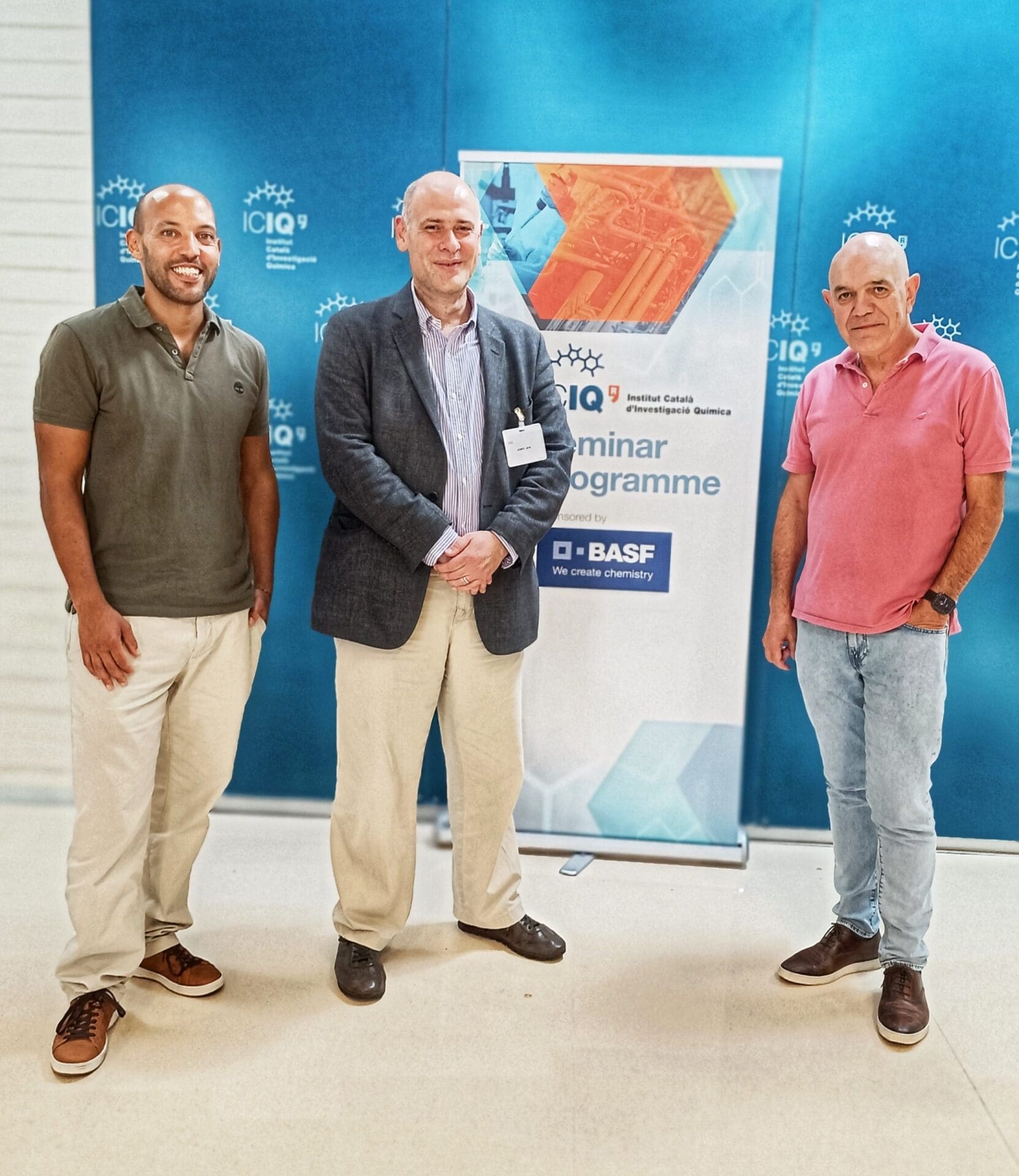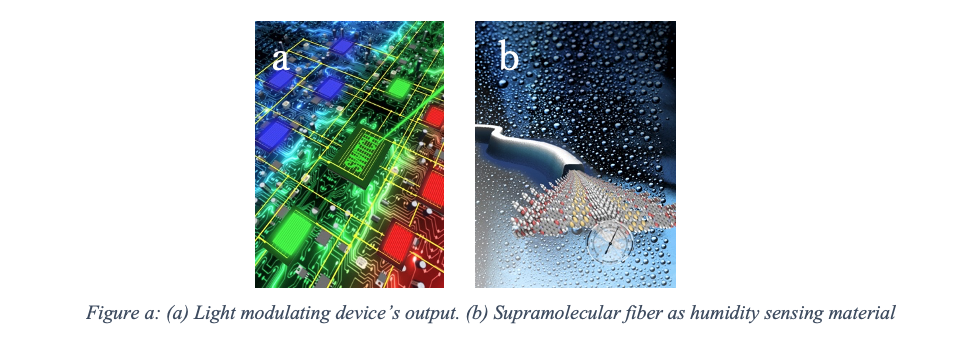
 05/06/2024
05/06/2024
 15:30 h
15:30 h
- Lecturer: Prof. Paolo Samorì
- University: Université de Strasbourg, France
- Sponsored by:

Multifunctional Supramolecular Electronics: From Multiresponsive Organic Transistors and Multilevel Memories to Advanced Sensing Devices
The development of multifunctional devices capable to respond to multiple and independent stimuli is one among the grand challenges in organic electronics. The combination of multiple components, with each one conferring a specific function to the ensemble, is a viable approach to impart a multifunctional nature to electronic devices. The controlled combination of such components and their integration in real devices can be achieved by mastering the supramolecular approach.
In my lecture I will review our recent works on the combination of carbon-based nanomaterials, in particular comprising organic semiconductors, with photochromic molecules (diarylethenes or azobenzenes), in order to fabricate smart, high-performance and light-sensitive (opto)electronic devices such as field-effect transistors and light-emitting transistors and as well as flexible non-volatile optical memory thin-film transistor device with over 256 distinct levels.
I will also show how supramolecular strategies enable to both develop chemical sensors with enhanced selectivity for discrimination of ions and small molecules, and fabricate highly sensitive physical sensors for the emergence of a new technology to monitor cardiovascular health of patients in point of care setting.

[1] For reviews see: (a) Nat. Commun. 2016, 7, 11118. (b) Adv. Mater. 2014, 26, 1827-1845.
[2] For modulating charge injection at metal-organic interface with a chemisorbed photochromic SAM see: (a) Adv. Mater. 2011, 23, 1447-1452. (b) Adv. Mater. 2016, 28, 6606.
[3] For blends energy level phototuning in a photochromic – organic semiconductor blend see: (a) Nat. Chem. 2012, 4, 675-679. (b) Nat. Commun. 2015, 6, 6330. (c) Adv. Funct. Mater., 2023, 33, 2305494.
[4] For the fabrication of memory devices: Nat. Nanotech. 2016, 11, 769–775.
[5] For optically switchable light-emitting transistors: Nat. Nanotechnol., 2019, 14, 347–353.
[6] For multiresponsive nonvolatile memories based on optically switchable ferroelectric organic FETs: Adv. Mater., 2021, 33, 2007965
[7] Chemical sensing: (a) Mater. Horiz., 2021, 8, 2685–2708; Chem. Soc. Rev. 2021, 50, 1269–1304;
Chem. Soc. Rev. 2018, 47, 4860-4908.
[8] Physical sensing: Adv. Mater., 2019, 31, 1804600
Other events

Let's create a brighter future
Join our team to work with renowned researchers, tackle groundbreaking
projects and contribute to meaningful scientific advancements




















